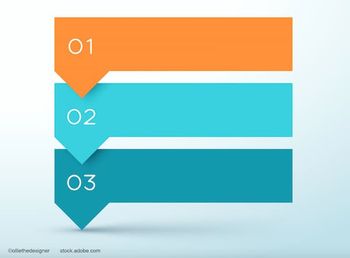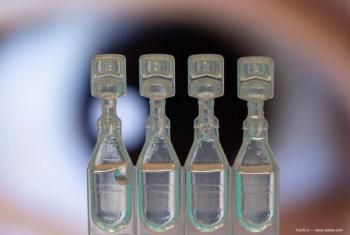
How to measure biomechanical properties today
The primary function of biomechanical measurements is to improve safety and doctors can readily use these metrics in clinical practice today through the use of proxies, said William J. Dupps, MD.
The primary function of biomechanical measurements is to improve safety and doctors can readily use these metrics in clinical practice today through the use of proxies, said William J. Dupps, MD.
"Readily-measured variables that share some relationship to a biomechanical property of interest include central corneal thickness (CCT), corneal topography, or 'warpability', residual stromal thickness (RST) and time, which is useful to measure warpage recovery time," said Dr Dupps of the Cole Eye Institute, Cleveland, USA.
The advantage of proxies is that they can provide a rational, predictive variable for the safety of a given procedure, they are accessible and usually routine and population norms are well established.
He did, however, caution that there are problems using proxies. They are incomplete representations, they can be confounded by other uncontrollable or unmeasured variables and they can be insensitive to early disease.
Dr Dupps also reviewed the Ocular Response Analyser (ORA), which provides corneal hysteresis (CH) and corneal resistance factor (CRF) metrics, which provide keratoconic signals.
"While we are currently only using the corneal hysteresis value, clearly there is additional valuable information present in the shape of the measurement signal," he said.
Dr Dupps concluded by outlining tomorrow's challenges, among which are the need for a quantitative analysis of ORA signal morphology and to establish a conservative reference population as well as a "safe range" of CH, CRF and emergent variables.
Dr Dupps advised that the November issue of the Journal of Cataract and Refractive Surgery will report on advances in anatomic measurement.
Ophthalmology Times Europe reporting from the XXIV Congress of the ESCRS, London, 9-13 September, 2006.
Newsletter
Don’t miss out—get Ophthalmology Times updates on the latest clinical advancements and expert interviews, straight to your inbox.














































.png)


